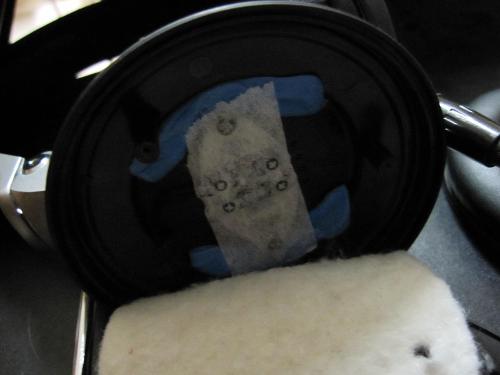The sub-bass rolled off a little sooner than I wanted, but we're talking <60Hz here which most music doesn't hit unless you're into electronica. Really, I was just looking for an excuse to mod my headphones
(if you check my profile, you'll notice most of my cans have been modified or transplanted or operated upon).
For any headphone, adding mass and semi-solid vibration dampeners should improve low end response. Removing hard reflective surfaces behind the driver will typically decrease treble peaks. It's when you start messing with the cup chamber/acoustic filler and air seal that you start to get wacky results.
I didn't do anything too fancy to the Pioneer other than mass load it in places and used felt to get rid of a treble peak (because I hate treble peaks).
 m50 sufficed my bass needs, except needs a little more strength, not amount just strenght. anyway which of this mods part makes the most difference?
m50 sufficed my bass needs, except needs a little more strength, not amount just strenght. anyway which of this mods part makes the most difference? 















